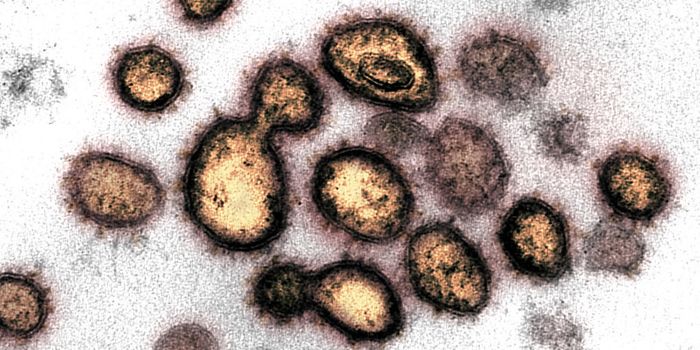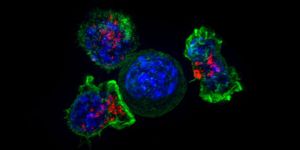Researchers at the University of California Santa Cruz want to make it easier to diagnose
Ebola in the field, where few resources are available. Current diagnostic tests for Ebola rely on PCR (polymerase chain reaction) which requires that the virus’s RNA first be reverse-transcribed into DNA, a process that requires laboratory space. To simplify things, the group has developed a chip-based system that detects viral RNA.
Ebola is a filovirus that was first isolated in Zaire. (Incidentally, I just read Richard Preston’s
The Hot Zone, which details the Ebola Reston outbreak in laboratory monkeys near Washington D.C.) Filoviruses are shaped like long filaments and often have a loop, or “shepherd’s crook”, at one end. The Ebola genome is a single strand of RNA, which codes for seven proteins. The virus is transmissible through body fluids and causes a devastating hemorrhagic fever, characterized by bloody vomit and diarrhea.
The most recent Ebola
outbreak began in West Africa in 2014, with some cases remaining in Sierra Leone and Guinea. Since then, it has killed over 11,000 people. In order to manage such outbreaks, healthcare workers must be able to efficiently and accurately diagnose Ebola infections.
The UC Santa Cruz team, in collaboration with Brigham Young University, UC Berkeley, and the Texas Biomedical Research Institute in San Antonio, developed a hybrid microfluidic/optofluidic chip to diagnose Ebola. The microfluidic chip is silicon-based and contains tiny channels that transport the sample. The chip uses a synthetic oligonucleotide (DNA) attached to magnetic beads to trap viral RNA with a matching sequence. The beads are trapped by a magnet, washed, and the RNAs are labeled with a fluorescent marker. At this point, the sample makes its way to the optofluidic chip and the fluorescent signal is detected.
There’s just one (temporary) drawback. The team hasn’t been able to test their chip with actual blood samples containing Ebola, as this requires a level 4 biosafety lab. However, the team hopes to soon check that off their list.
Sources:
UC Santa Cruz, CDC, Wikipedia










